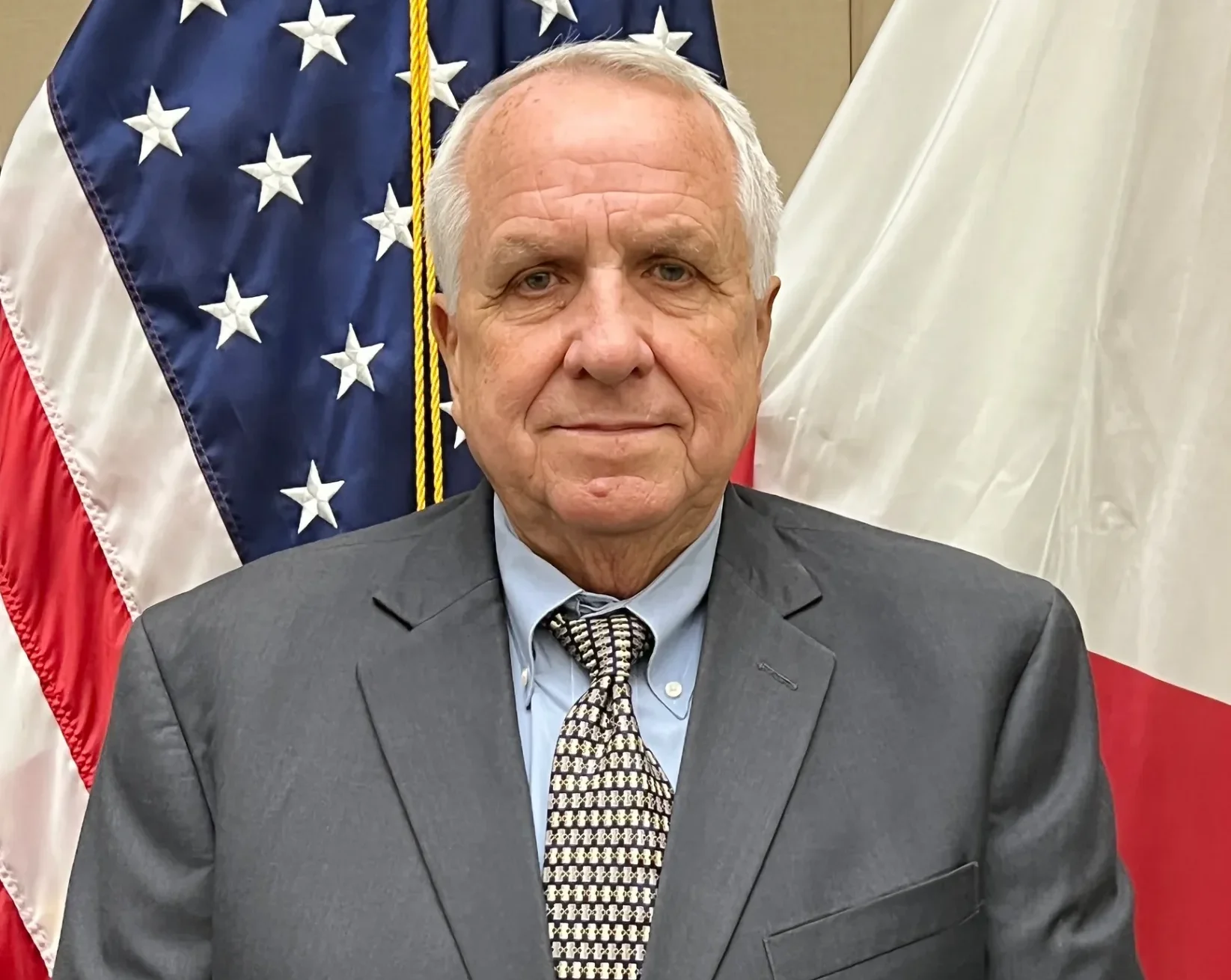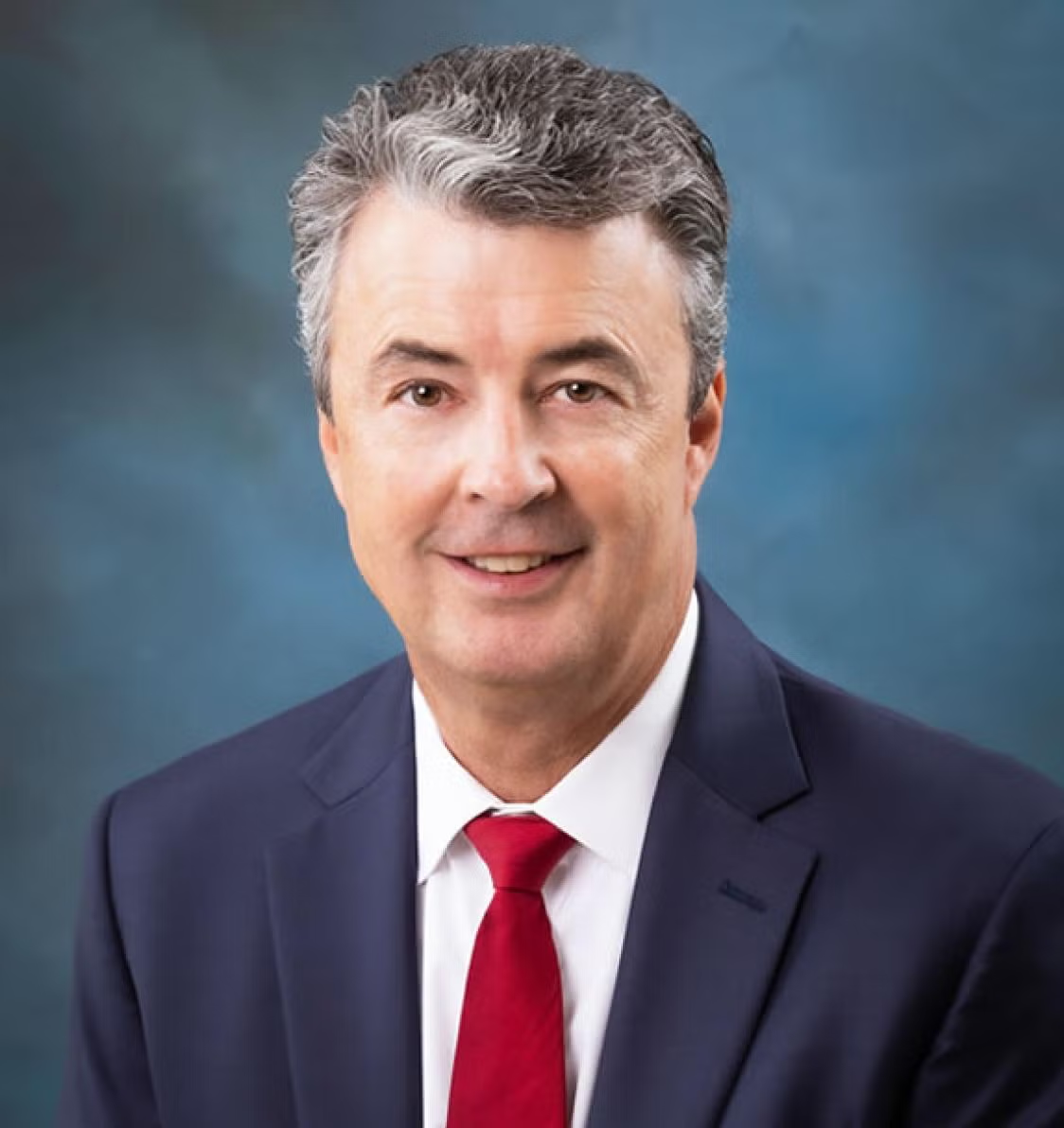 iStockBY: DR. SAUMYA BHUTANI
iStockBY: DR. SAUMYA BHUTANI
(NEW YORK) — As the U.S. grapples with the opioid epidemic — 47,600 overdose deaths in 2017 alone, according to the Centers for Disease Control and Prevention — access to treatments for addiction has perhaps never been so important. But for many in rural areas, those treatments are still hard to come by.
A new study by Yale University, published in the Journal of the American Medical Association, found that drive times to methadone clinics in rural counties is, on average, almost 50 minutes each way.
Dr. Kip Corrington, a physician at Novant Health Northwest Family Medicine in North Carolina, has prescribed methadone, one of the most established treatments for opioid addiction.
“As a society, we need to work on getting rid of the stigma,” he said. “There is a misunderstanding that it’s trading one substance for another, but, in reality, it saves lives. Some of the difficulties people in rural areas face are cost and access. You’re in a difficult financial situation. I’ve had patients travel anywhere from 40 to 80 miles one way.”
Many of these same rural counties have access to primary care health clinics within a 20-minute drive. This raises the question: Should we integrate methadone prescriptions into primary care clinics to better fight the opioid epidemic?
“Methadone is the most studied medication for opioid use disorder, but you have patients who need it tell you, ‘Doc, it takes me forever to get to the office,'” said Dr. Paul Joudrey, lead author of the study and Instructor in the Department of Internal Medicine at Yale School of Medicine.
Joudrey added that he hopes this research helps “expand geographic access” to treatment.
The study, which examined counties in five states hardest hit by overdose deaths, determined that where some in urban areas could get treatment in eight minutes, in rural counties that averaged 49 minutes.
But to Joudrey, who specializes in addiction medicine, this is not the crux of the study.
“This is not a story about how urban areas have better access to methadone,” he said. “This is really about solving geographic disparities in access to methadone — using existing primary care clinics in rural counties.”
In the rural counties where methadone clinics were about 49 minutes away, primary care facilities were just 17 minutes away.
Primary care clinics in underserved areas that receive federal funding must adhere to specific requirements. So, too, must clinics that dispense methadone, which must be prescribed from U.S. Substance Abuse and Mental Health Services Administration-certified opioid treatment programs.
As explained on the SAMHSA website, creating an opioid treatment program involves a certification and accreditation process at both the federal and state level. Once an opioid treatment program exists, certification must be renewed every three years. And local zoning guidelines also play a role in where methadone clinics are established.
Joudrey described these requirements as “burdensome restrictions.” In other countries, including Canada and Australia, primary care clinics can be certified to dispense methadone.
“Laws need to be passed to support and incentivize the federally qualified health centers into being capable of dispensing methadone,” he added.
In addition to overcoming regulatory hurdles, methadone clinics still face opposition from potential neighbors.
“There is still a public stigma toward methadone clinics,” Joudrey said.
Some of those opposed to integrating methadone into primary care clinics have expressed concern over patients possibly overdosing on methadone, noting how prescriptions of buprenorphine, another treatment for opioid use disorder, already are available and with fewer restrictions.
“I don’t know if DEA or regulatory agencies will allow methadone in primary care clinics,” Corrington said. “Buprenorphine is a simpler and safer solution that is just as effective.”
Joudrey said, “Buprenorphine is good but does not work for everyone, especially those with more severe opioid use disorder.”
“Methadone overdose is possible,” Joudrey added, “but overdosing on heroin and fentanyl is much more dangerous. Data has shown in other countries that methadone can be prescribed safely this way without risk of overdose.”
Joudrey is passionate about making methadone more accessible. He described how in most clinics, people have to visit six days a week for the first eight weeks to obtain their methadone. After demonstrating that responsibility, people do not have to go as often, but at least once a week. Frequencies vary by state.
“When we want people to recover, we want them to have jobs and live full lives,” Joudrey said. “To have to drive far for methadone while trying to get the rest of your life together is really hard.”
Dr. Saumya Bhutani is a resident in psychiatry in New York working with the ABC News Medical Unit.
Copyright © 2019, ABC Radio. All rights reserved.




